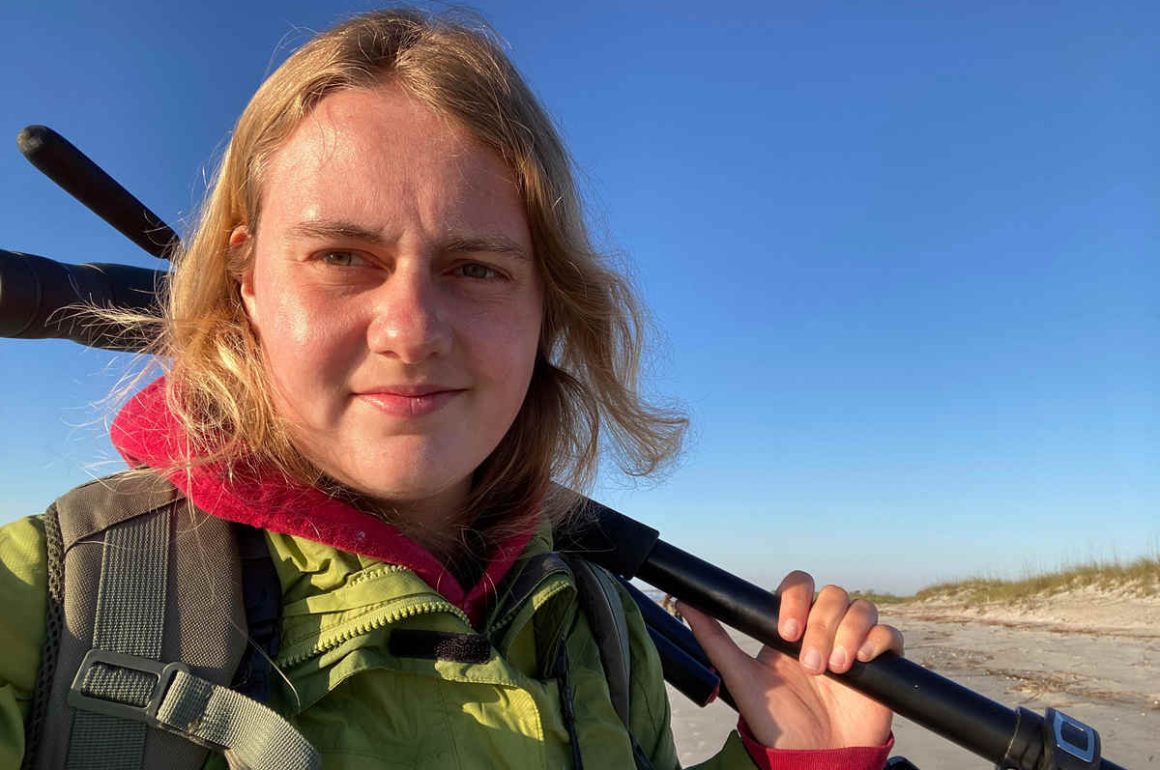
Many readers of 10,000 Birds use eBird to locate birding locations, but also to submit their own lists. These lists are reviewed by volunteers. But what do they actually do, these eBird reviewers? We asked Marie Hosch, who is one of them.
How did you get to be an eBird reviewer? And how long have you been doing this?
I started eBird reviewing fresh out of high school, about a month after I graduated! The local reviewer at the time reached out to see if I was interested; he was moving to a new state, and he had decided to pass on the baton to another local birder and me. I remember being on vacation at the time, eight years ago, as of July 2025 — I checked my email while hanging out with my family at a cabin in the middle of the woods (the cell service was very poor there, so that was not an easy task!) and was absolutely shocked and thrilled to see the offer! Of course, I quickly learned that reviewing is not all fun and games and is often a difficult and thankless task, but even so, I have enormous gratitude for the opportunity it’s given me to connect and share the love of birds with people from all backgrounds and walks of life.
What area(s) do you review data for?
I review for Northeast Florida, specifically Duval and Nassau Counties; just recently, I was added to the newly created Atlantic Florida pelagic filter, so I get to see pictures of Brown Boobies landing on seagoing boats, too!
Can you give us an idea of the workload — how often do you review reports, how many are there, and how long does it take to go through one?
This completely depends on the time of year! It’s summer in Florida as I answer this question, and there’s not a lot to review right now, with only a handful of reports popping into the queue each week. Migratory seasons (fall and spring) bring a lot more bird movement by definition, and it’s easy for birds to get lost and show up in places they shouldn’t, where, in this case, they end up in my review queue after being found by an ecstatic birder. So I have a lot more records to review during migration than in the summer.
Winter in Florida can be action-packed, too; Florida often sees various western flycatcher species, western hummingbirds, Western Tanagers, and unexpected other “goodies” during that time of year, bringing in quite a workload for the local reviewers! In the winter, I am often reviewing 5+ reports per day and can spend significant amounts of time on one report if the identification is tricky (say, an odd vocalization) and I need to ask around and get second opinions or discuss the report with my co-reviewer over a phone call.
Usually, I can review a record in a matter of seconds (identification? Looks good. Checklist protocol? Looks good. Accept — on to the next one!). If I need to reach out to an observer to ask for more details or make a correction, eBird thankfully has some premade responses for common situations that I can use and edit to save time, so that typically only takes a minute or two. Now, there’s a second reason why I don’t review reports as much in the summer as I do in the winter or spring and fall — very few people want to walk outside and bird in 95-degree-Fahrenheit, 75%+ humidity weather, so there are just fewer total reports coming in. Unlike birds, we have air conditioning!
What share of reports require follow-up?
Most reports don’t, usually because the observer has been diligent in uploading photos or audio, which are typically easy to verify. However, misidentified photos or audio, incomplete descriptions that don’t rule out other species, photos mentioned in the comments but not actually uploaded, or strange protocol issues (like a 1 am checklist that was clearly made during the daytime) are all situations that require some kind of follow-up.
What are the biggest mistakes that people make in reporting their sightings? What should they do better?
There are definitely some recurring trip-ups! The biggest one I’ve noticed is assuming that identifications made by Merlin Sound ID are always correct, especially when the observer is not personally familiar with the ID. This can lead to some comically rare species being reported to eBird and described simply by the comment “confirmed by Merlin” — when in fact Merlin does not confirm, it only suggests; the *observer* must confirm whether the ID is correct. (A listen-through of the provided audio, if there is any, usually confirms that the ID is, in fact, incorrect.) Listening to examples of the species’ vocalizations in the field and comparing them with what you heard is always helpful if you are not sure of an ID, and if you are able to, visually confirming the bird is always the best way to go.
How often do you encounter reports that you find interesting?
Quite often, actually! Just recently, we had several reports of multiple singing Wood Thrush on territory, which is an incredible find for the county; we haven’t had confirmed breeding Wood Thrush for years. Summer can be an interesting time of year for pelagic species, and several observers have been diligent to get out on the ocean and find interesting birds like phalaropes, shearwaters, and boobies. And as mentioned before, other times of year often bring rarities and unusual migrants. There is usually something going on!
To what extent do you use eBird reports yourself – for example, for your own birding or for your scientific work?
I use eBird constantly — eBird is one of the main things that got me into birding in the first place. eBird is invaluable for planning trips and learning more about distribution, high counts, and migratory timing. eBird via Macaulay Library hosts millions of bird photos, videos, and audio from all times of year and locations, and I constantly filter results down to listen to interesting vocalizations like flight calls, learn more about specific plumages, and better understand regional variation — even to look for photos for art inspiration! (I also frequently look through Macaulay Library to find and flag misidentified photos, though realistically that may be more for personal entertainment than scientific purpose…)
Are there reports of sightings that you find highly unlikely? What do you do in these cases?
Unfortunately, this happens somewhat regularly, usually in the form of Merlin-identified reports, but can also be a result of situations like difficult identifications where the much rarer species was reported and the common species was not adequately ruled out (or the photo shows the more common species). Usually, I try to contact the observer for clarification or correction, though some observers do not respond to reviewers, and in those cases, the record immediately gets marked unconfirmed.
What do you get out of this yourself? I understand there is no payment – are there any associated perks, or is it just because you think it is an effort worth supporting?
I am definitely thankful for the opportunity in and of itself — being able to communicate with observers is an honor, and I enjoy the moments of excitement when an appreciative observer learns something new and takes the opportunity to ask further questions. I do also get a free subscription to Birds of the World, which is a nice perk, and in some cases, it is easier to query the database via the reviewer portal than the general public output.
Marie Hosch is a bird guide, field ornithologist, artist, and eBird reviewer currently based in Duluth, Minnesota. She has been birding since 2012 and particularly enjoys morning flight, shorebirding, and finding rare owls.



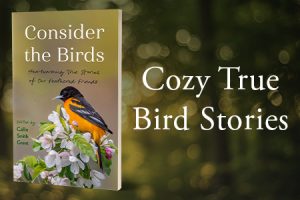


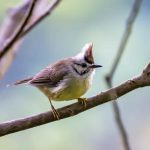
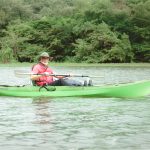

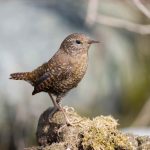
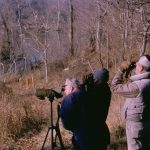
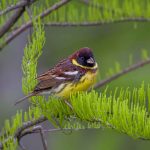
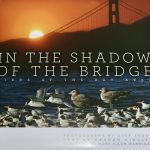
The Merlin recording issue is especially serious in less-birded areas like central Mexico, where Merlin does not have a deep bench of recordings with which to work for local species and endemics. It will often suggest species which are found up the in US and Canada, for which it has many recordings available as reference. This, even when those more northerly species have no presence in a given region down here.
Here in the UK I reckon that Merlin gets it right at least 95% of the time. It’s a very useful tool as long as you remember that it’s not infallible.
I have used it extensively in southern Europe, too. On once occasion, in northern Greece, I was birding in a huge quarry where eagle owls are reputed to occur. Merlin duly came up with eagle owl, the only time it has ever done do so, but try as I did I couldn’t see, or hear, an eagle owl. I can only assume that it was correct – it didn’t know that this was a bird I was looking for. However, I didn’t list the record, as I couldn’t confirm it.
Unsung heroes